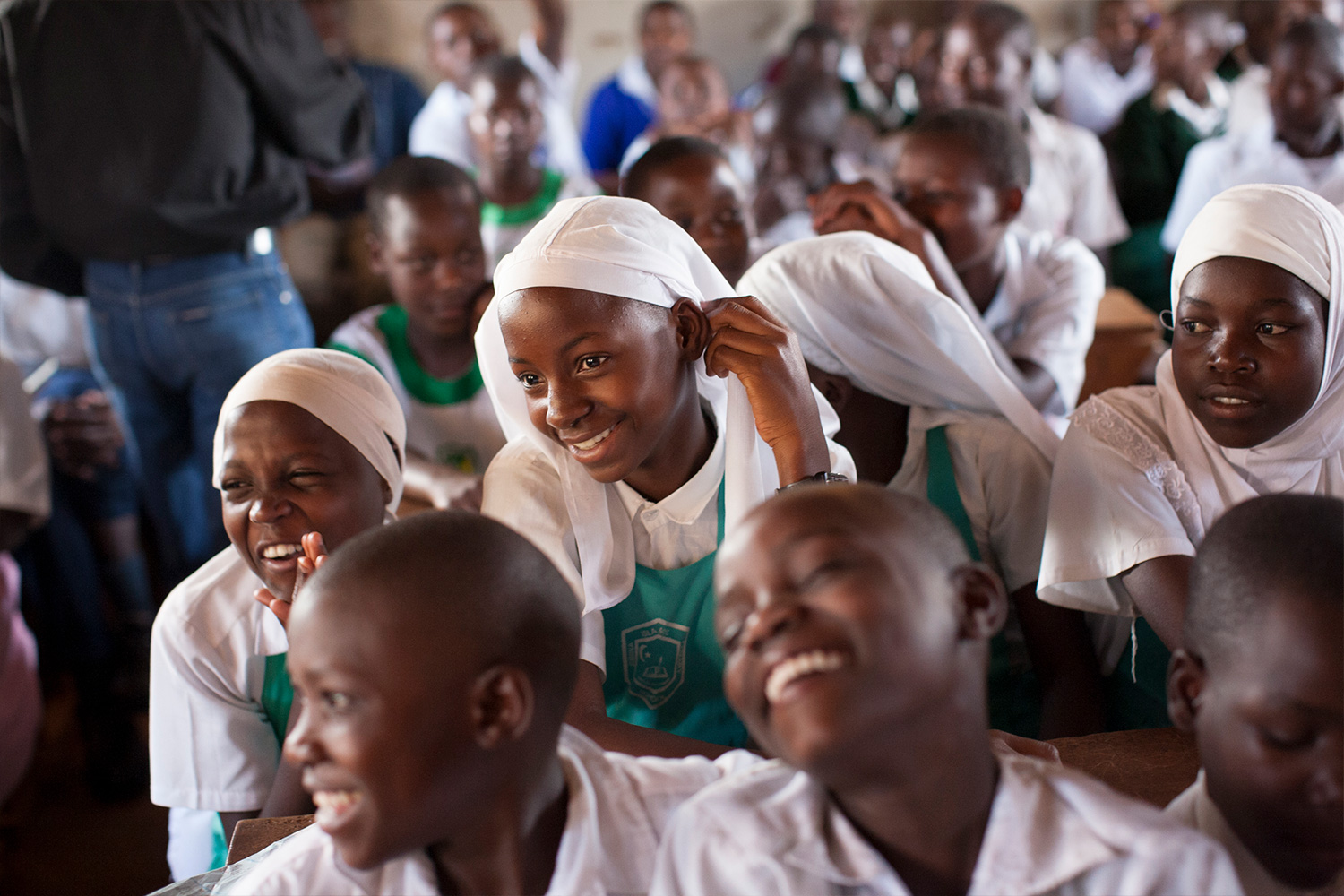Hello, you are using an old browser that's unsafe and no longer supported. Please consider updating your browser to a newer version, or downloading a modern browser.
Hello, you are using an old browser that's unsafe and no longer supported. Please consider updating your browser to a newer version, or downloading a modern browser.
We started by developing a better understanding of secondary schools’ priorities and opportunities around preventing violence against children. We conducted an exploratory study in four Ugandan secondary schools to understand the patterns and prevalence of violence. Our findings informed the adaptation process, ensuring that Good School Toolkit – Secondary addressed specific needs with new sessions and content. The adaptation is now being implemented in more than 100 secondary schools, and we’re collaborating with the London School of Hygiene and Tropical Medicine to evaluate impact.
While the adaptation sought to enhance how students use their power to create change, the secondary school iteration maintained the core principles of the Good School Toolkit. Like the original version designed for primary schools, the secondary school version requires long-term engagement rather than a one-off approach, leadership from teachers and students, and support from school administration and the surrounding community.

Secondary school students are entering adulthood and, therefore, experience and use their power differently than they did in primary school. These students need to feel agency in their life and are taking on significant responsibility. From our exploratory study, we learned that secondary schools in Uganda report a high prevalence of peer violence, including sexual harassment and intimate partner violence, with pronounced gender inequalities.
We made several key changes in Good School Toolkit – Secondary to address these realities:
Good School Toolkit – Secondary is currently being implemented in more than 100 secondary schools across Uganda, with progressive plans to scale up through the Ministry of Education and Sports and other like-minded partners in and outside Uganda. Interested in joining us? Please reach out!